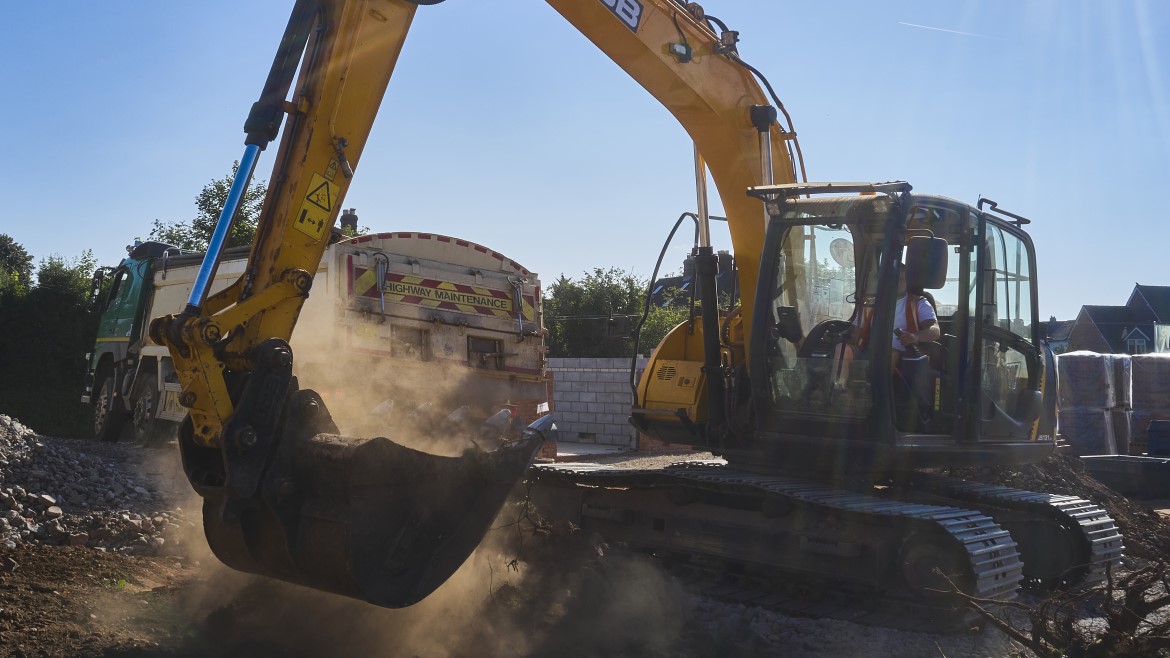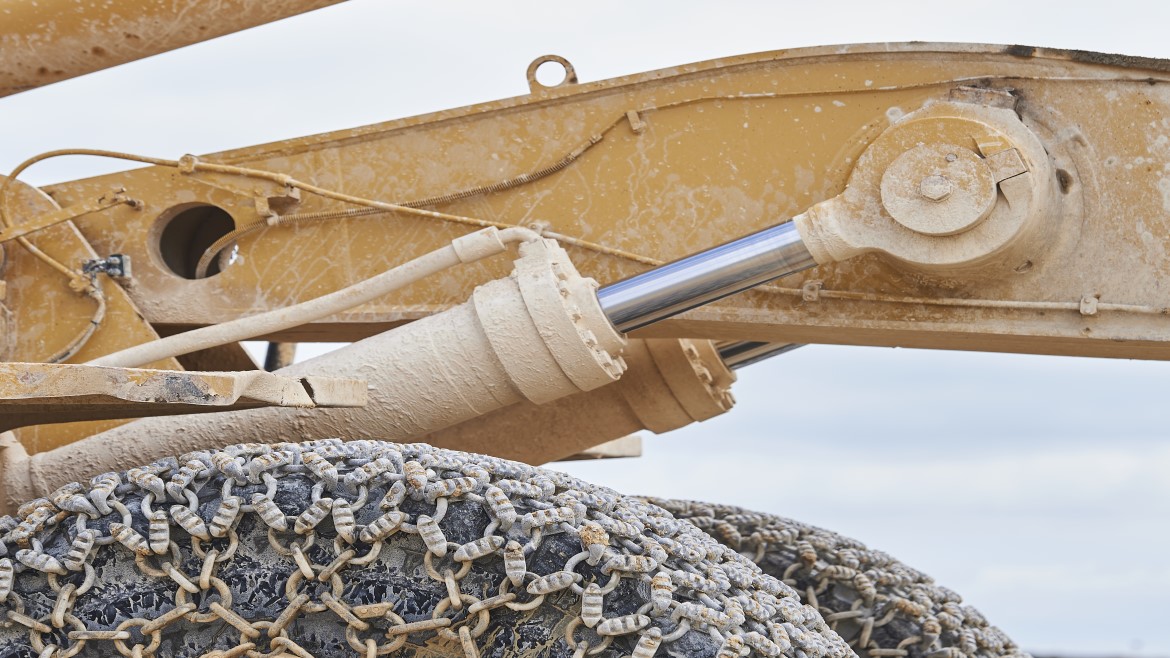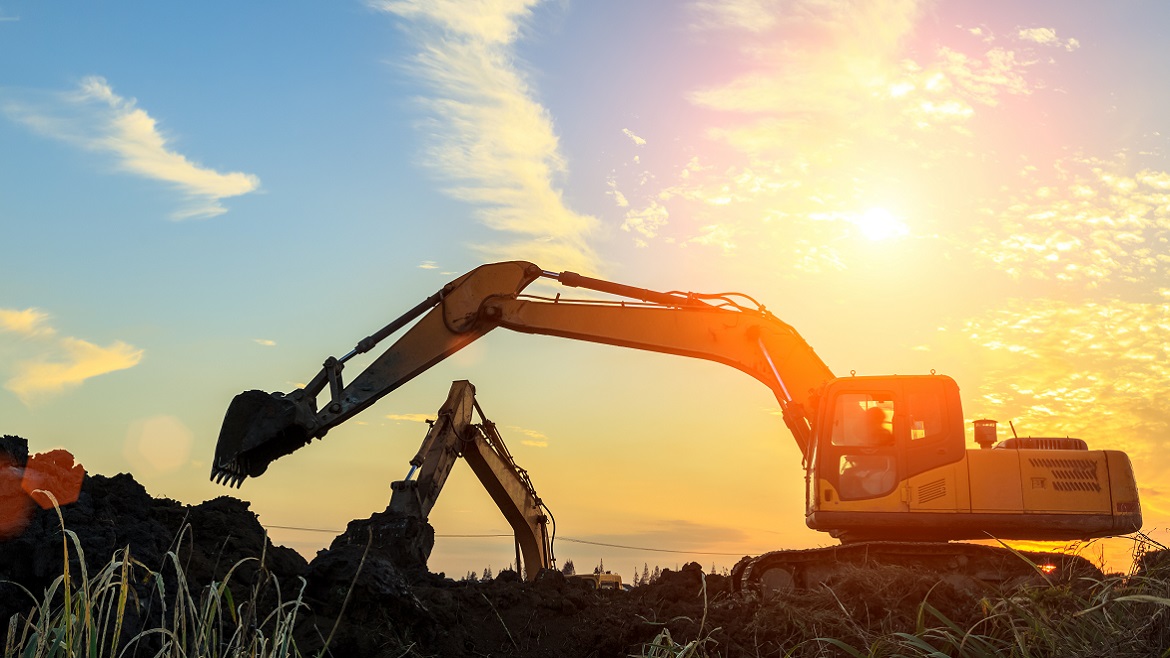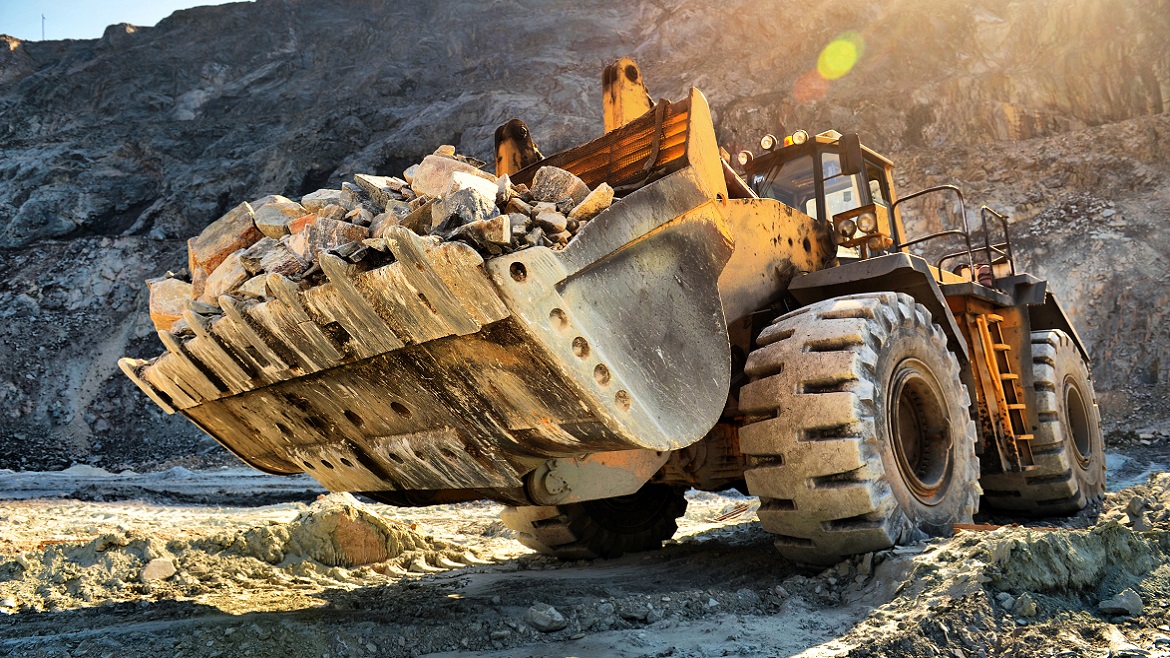Viscosity is an important factor when formulating or choosing a hydraulic fluid. However, viscosity is not the only factor. Several other performance attributes help differentiate high performance hydraulic fluids, their capabilities, and their impact on optimizing hydraulic equipment.
Not All Hydraulic Fluids Are Equal
High-performance hydraulic fluids are essential for the efficient operation of both mobile and industrial equipment, enabling machines to function with precision while minimizing total cost of ownership (TCO). Original equipment manufacturers (OEMs) and end users depend on these fluids to maximize machine performance across different applications. Yet not all hydraulic fluids are equal, and selecting the right one involves understanding various performance characteristics beyond just viscosity index (VI).
The Importance of Viscosity
Before we look at other often overlooked but no less important performance attributes, let’s review why viscosity often takes center stage. Viscosity, a fluid’s resistance to flow, is crucial for hydraulic fluid performance, and it's essential to follow OEM recommendations for optimal results. Hydraulic fluids come in various viscosity grades, including monograde and multigrade options. Multigrade fluids, containing viscosity modifiers (VM), allow equipment to operate across wider temperature ranges and typically have a higher VI than monograde fluids. Though monograde fluids dominate the market, the performance benefits of multigrade fluids are leading to their increased adoption by end users.
Operational Efficiency
Selecting the right VM is critical for optimum performance and efficiency. Viscosity impacts operational efficiency in two main ways: mechanical efficiency, which decreases with higher viscosity due to increased friction, and volumetric efficiency, which drops as viscosity decreases at higher temperatures. Fluids that are too thin can leak, causing waste and wear. Thus, fluid selection must balance these factors, with shear stability being a key property in choosing the right VM. Shear-stable VMs ensure durability and consistent performance across a wide temperature range, enhancing machine uptime and overall system efficiency.
Other Important Performance Characteristics
The VI of a hydraulic fluid describes the relationship between viscosity and temperature and how the viscosity of a fluid changes with changes in temperature. In general, fluids with higher VI show minimal viscosity changes with temperature and are often considered to be more efficient and higher performing. However, VI is not the only piece of the performance puzzle. For the best performance and operating efficiency of a hydraulic fluid, consider other critical properties:
- Wear Resistance. The ability of a fluid to form a protective layer on metal surfaces to maintain the durability of parts and extend the life of the equipment can be achieved by antiwear additives.
- Oxidation stability. A fluid’s ability to resist the chemical reactions caused by elevated temperatures to increase the life of the fluid and reduce TCO can be realized via additive antioxidants.
- Thermal stability. The ability of a fluid to resist breakdown associated with high temperatures can help prevent the decomposition of additive components and the associated sludge and varnish formation, clogged filters, and disrupted fluid flow.
- Hydrolytic stability. A fluid’s ability to resist degradation associated with the ingress of water into a hydraulic system can help prevent the formation of damaging acids and sludge.
- Demulsibility. The ability to separate water from hydraulic fluid so it can be removed before it causes performance problems can be achieved by additive demulsifiers. Rust and corrosion protection. A fluid’s ability to prevent rust and corrosion on parts so that parts are protected and the fluid remains free from corrosion-related contaminants can be accomplished with additive corrosion inhibitors.
- Foam inhibition. The ability to prevent foam, which presents a weakness in the fluid’s ability to perform well and protect components, is key and can be achieved with additive foam inhibitors.
- Compressibility. Low compressibility of a hydraulic fluid can help prevent servo valve failure, efficiency loss, and cavitation in higher pressure systems.
- Filterability. A fluid’s ability to be filtered to remove contaminants is key for maintaining uptime and can be frustrated by the formation of sludge, which can be prevented via dispersant additives.
- Elastomer (Seal) compatibility. Compatibility with various elastomeric seals can prevent seal swelling and potential leaks.
A high-performance hydraulic fluid balances all these performance attributes, along with the desired VI, to offer the optimum performance. With a full range of performance properties—including but not limited to viscosity—today’s hydraulic fluids are tasked with enabling modern equipment to meet its full potential. End users are wise to have a working understanding of the performance attributes beyond VI in order to choose the best high performance hydraulic fluid aligned with their needs. On the other hand, hydraulic fluid marketers must consider the range of available additive options to meet these needs.









